Introduction:
A crack in a mirror can be a frustrating sight, especially if the mirror holds sentimental value or is an integral part of your home decor. However, the repairability of a cracked mirror largely depends on the severity and location of the crack, as well as the type of mirror. In this article, we will explore the factors that determine whether a cracked mirror can be repaired, the available repair options, and tips for preventing further damage to the mirror. By understanding these factors, individuals can make informed decisions about restoring their cracked mirrors and potentially saving them from complete replacement.
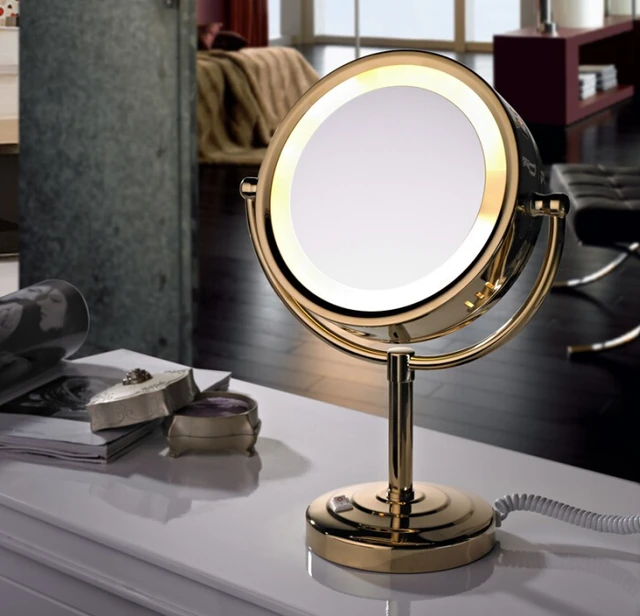
Can a crack in a mirror be repaired?
Assessing the Severity of the Crack:
The severity of the crack is a crucial factor in determining whether a mirror can be repaired. Here are some considerations when assessing the severity of a crack:
a. Length and Depth: A small, shallow crack may be easier to repair compared to a long, deep crack that extends across the mirror’s surface. Longer and deeper cracks may compromise the structural integrity of the mirror.
b. Location of the Crack: The location of the crack can also impact its repairability. If the crack is near the mirror’s edge or in a less noticeable area, it may be easier to repair without affecting the mirror’s overall appearance.
c. Type of Mirror: The type of mirror can affect repair options. Traditional glass mirrors, antique mirrors, and framed mirrors may have different repair techniques due to variations in their construction and materials.

Repair Options for Cracked Mirrors:
Depending on the severity and type of crack, there are several repair options to consider:
a. Mirror Adhesive: For small, superficial cracks, mirror adhesive can be used to fill and seal the crack. Mirror adhesives are specifically designed for glass and mirror repairs, and they can help stabilize the crack and prevent further damage.
b. Resilvering: Resilvering is a technique used to repair mirrors with minor cracks or damaged reflective coatings. It involves removing the damaged coating and applying a new reflective layer to the mirror’s surface. Resilvering can restore the mirror’s reflective qualities but may not completely eliminate the appearance of the crack.
c. Edge-to-Edge Repair: Edge-to-edge repair is a more comprehensive solution for repairing cracked mirrors. It involves removing the damaged portion of the mirror and replacing it with a new piece of glass. This repair option is best suited for mirrors with severe cracks or structural damage.
d. Professional Restoration: In some cases, it may be necessary to seek the services of a professional mirror restoration specialist. These experts have the skills and tools to assess the damage, recommend the best course of action, and perform intricate repairs or restorations.
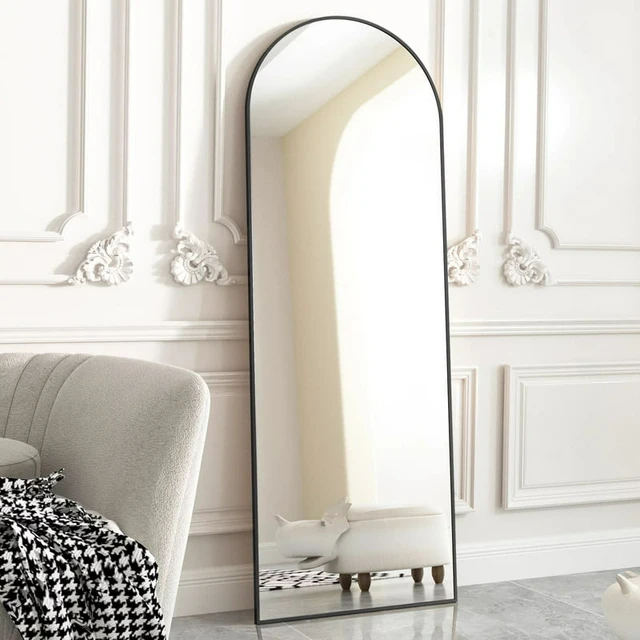
DIY Mirror Repair Tips:
If you decide to repair the mirror yourself, here are some tips to keep in mind:
a. Safety Precautions: When working with cracked mirrors, wear protective gloves and eyewear to prevent injury from glass fragments. Handle the mirror with care to avoid further damage.
b. Clean and Prepare the Surface: Before attempting any repairs, clean the mirror’s surface to ensure proper adhesion of repair materials. Remove any dirt, dust, or debris that may interfere with the repair process.
c. Follow Repair Product Instructions: Different repair products have specific instructions for preparation, application, and curing times. Follow these instructions carefully to achieve the best results. Mirrors with decorations such as hello kitty mirrors should be restored with more care.
d. Test in an inconspicuous area: If you are unsure about the repair product’s compatibility with the mirror or the effectiveness of the repair, test it in a small, inconspicuous area first to assess the outcome.
Preventing Further Damage:
To prevent further damage to your cracked mirror, consider the following precautions:
a. Avoid Applying Pressure: Refrain from placing additional pressure on the cracked area or hanging heavy objects on the mirror. Increased pressure can exacerbate the crack or cause it to spread.
b. Protect the Edges: The edges of a mirror are particularly vulnerable to damage. Be cautious when handling and moving the mirror to prevent chipping or cracking along the edges.
c. Regular Cleaning and Maintenance: Keeping the mirror clean and free from moisture is essential for preventing further damage. Use mild, non-abrasive cleaners and avoid harsh chemicals that may degrade the mirror’s surface.
d. Frame or Reinforce the Mirror: If the cracked mirror is within a frame, consider reinforcing it by adding additional backing or supports to distribute the weight and reduce stress on the cracked area.
e. Humidity Control: Excessive humidity can weaken the reflective coating on mirrors and potentially worsen existing cracks. Ensure adequate ventilation and consider using dehumidifiers in areas prone to high humidity.
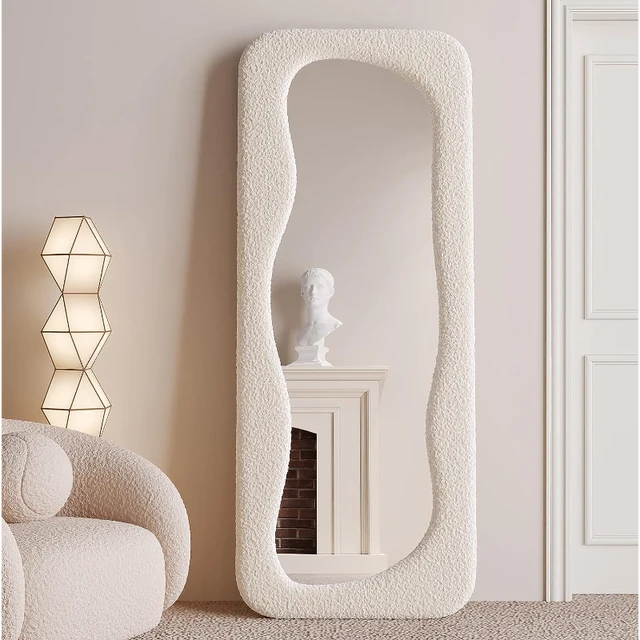
When to Consider Replacement:
While some cracked mirrors can be repaired, there may be instances where replacement is the most practical or cost-effective solution. Consider the following factors when deciding whether to replace a cracked mirror:
a. Extensive Damage: If the crack is severe, extensive, or compromises the mirror’s structural integrity, replacement may be the safest and most reliable option.
b. Cost of Repair: Evaluate the cost of repair versus the cost of replacement. In some cases, the cost of repair, especially for complex restorations, may be comparable to or exceed the cost of a new mirror.
c. Mirror’s Value: Consider the sentimental or monetary value of the mirror. If the mirror holds significant sentimental or antique value, professional restoration may be a worthwhile investment.
d. Aesthetics: Assess the appearance of the repaired mirror. Depending on the repair method and the severity of the crack, the repaired mirror may still exhibit visible signs of damage. If aesthetics are a priority, replacement may be the preferred choice.
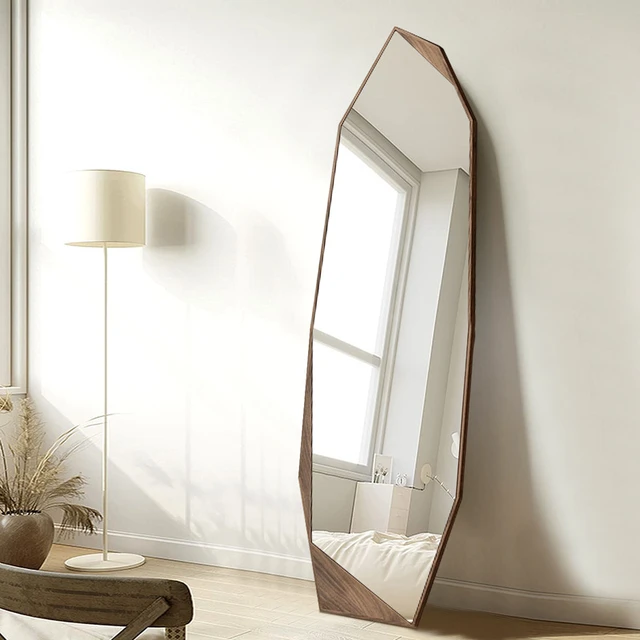
Conclusion:
The repairability of a cracked mirror depends on several factors, including the severity and location of the crack, as well as the type of mirror. Small cracks can sometimes be repaired using mirror adhesives or through the process of resilvering. For more extensive damage, edge-to-edge repair or professional restoration may be necessary. It’s important to consider the cost, aesthetics, and the mirror’s value when deciding between repair and replacement. To prevent further damage, handle the mirror with care, avoid applying pressure, and maintain proper cleaning and maintenance practices. By considering these factors and following appropriate repair guidelines, you can potentially restore a cracked mirror and extend its lifespan.
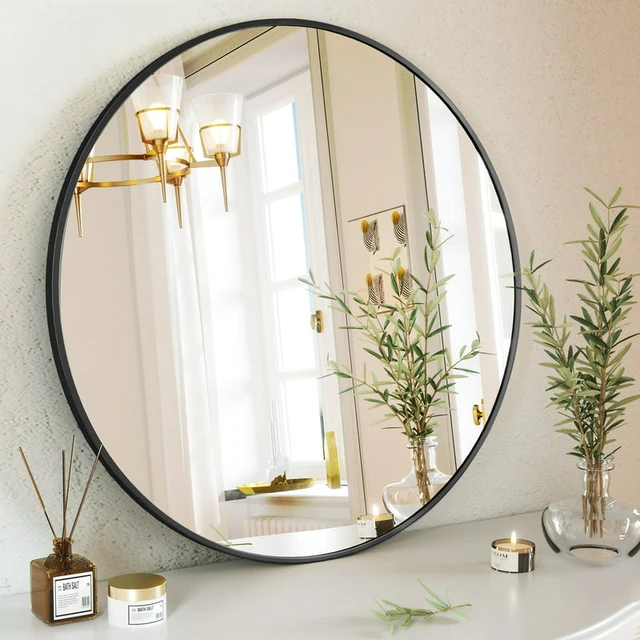
Leave a Reply